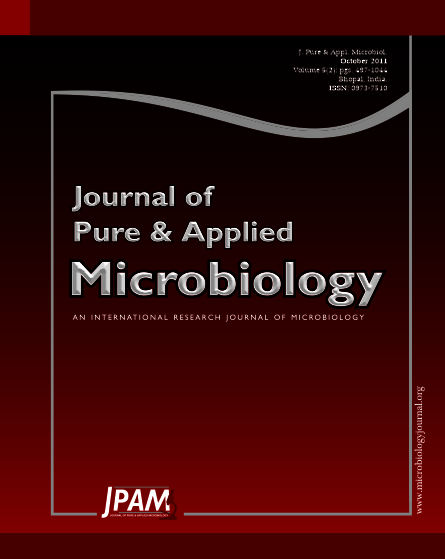The production of indole acetic acid (IAA) by the root nodule bacteria is considered to have many important physiological implications. The biosynthesis, enzymatic oxidation and metabolism of IAA in Rhizobium have been reviewed. The existence of two different types of IAA biosynthesis pathways in plants and two different types of IAA biosynthesis pathways in Rhizobium and factors influencing the biosynthesis of its have described. The biological activity of the oxidation products of IAA and production of IAA in culture has also been discussed. Role of ACC deaminase on IAA metabolism, and VAM induced IAA production and role of IAA in legume-Rhizobium symbiosis are also critically reviewed. Isolation, identification and estimation of IAA by rhizobacteria have also been included with 140 references. The IAA content in the nodule and supply to the host may be taken as the second line of symbiosis in the root nodule–Rhizobium association.
Indole Acetic Acid (IAA), Root nodule, Rhizobacteria, Legume-Rhizobium symbiosis
© The Author(s) 2011. Open Access. This article is distributed under the terms of the Creative Commons Attribution 4.0 International License which permits unrestricted use, sharing, distribution, and reproduction in any medium, provided you give appropriate credit to the original author(s) and the source, provide a link to the Creative Commons license, and indicate if changes were made.


